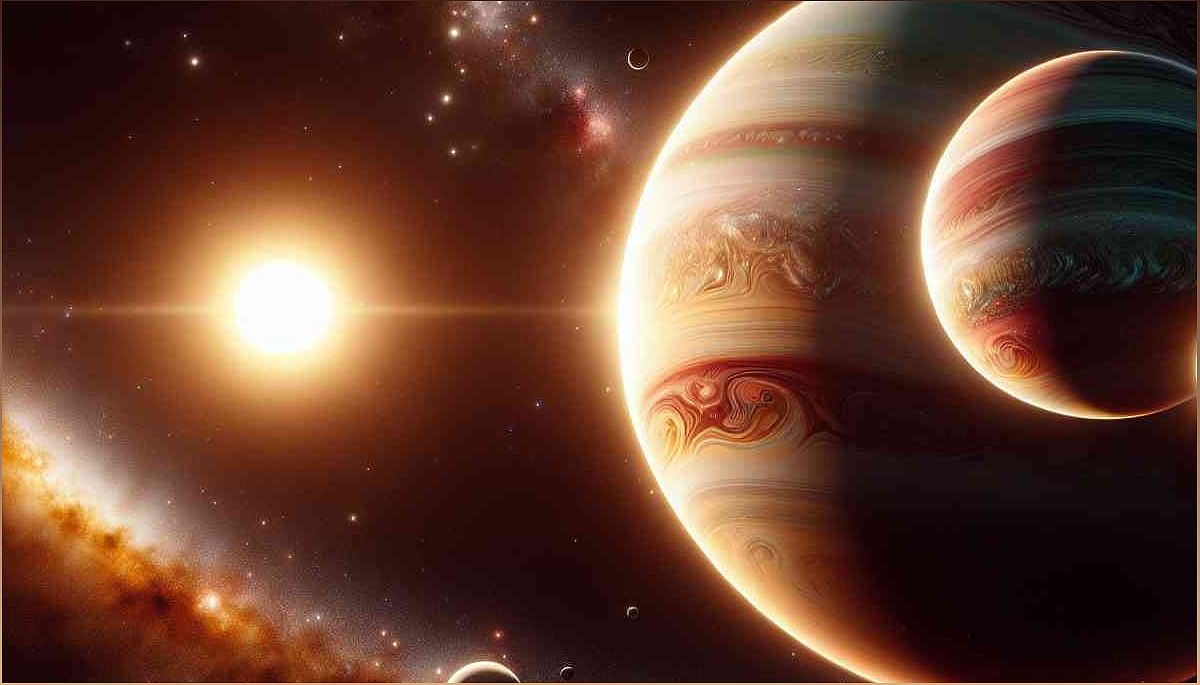Vega, the fifth brightest star in the night sky, has long fascinated astronomers. In this article, we embark on a journey to unveil the secrets of Vega's potential planetary companions. Join me, Jennifer Smith, as we explore the current understanding, challenges, and promising advancements in the quest to discover these distant worlds.
The Quest for Planetary Companions Around Vega
Explore the challenges and methods used in the search for planets around Vega.
The search for planets around Vega, also known as Alpha Lyrae, has been a fascinating quest for astronomers. Despite its proximity to our solar system, detecting planets around Vega presents challenges due to its rapid rotation and the complexities of detecting faint objects near a bright star.
Scientists have employed various methods, including the transit method and the radial velocity method, to search for exoplanets around Vega. The transit method involves detecting the slight dimming of a star's light as a planet passes in front of it, while the radial velocity method measures the wobble in a star's motion caused by orbiting planets. However, these methods have their limitations when it comes to Vega.
Advancements in direct imaging techniques and the study of circumstellar disks have provided new avenues for detecting planets around Vega. High-contrast imaging can potentially reveal large, young planets that emit their own light or reflect the light of their host star. Additionally, the study of circumstellar disks, which are rings of dust and debris surrounding stars, can provide indirect evidence of planet formation.
The Current Verdict on Vega's Planetary Court
Discover the intriguing signs and ongoing speculation surrounding the existence of planets around Vega.
As of my knowledge cutoff in 2023, no definitive detection of planets around Vega has been announced. However, astronomers have found intriguing signs that suggest the presence of planetary companions. Observations have revealed a large debris disk around Vega, with features that could be indicative of planet formation.
While these findings fuel speculation and provide valuable clues, they fall short of serving as conclusive evidence of planets. The scientific community eagerly awaits future advancements in technology and the launch of telescopes like the James Webb Space Telescope (JWST) and the Extremely Large Telescope (ELT) to further explore Vega's planetary system.
The Future of Vega's Planetary Exploration
Uncover the exciting possibilities and advancements that hold the key to confirming the existence of planets around Vega.
The future of Vega's planetary exploration holds great promise. The development of more sensitive instruments and advanced techniques is expected to enhance our ability to detect and characterize exoplanets. Telescopes like the James Webb Space Telescope (JWST) and the Extremely Large Telescope (ELT) are poised to revolutionize our understanding of Vega's planetary system.
These cutting-edge telescopes will enable us to directly image large planets around Vega and provide more detailed studies of its debris disk. By studying Vega's planetary system, we can gain insights into planet formation, the diversity of planetary systems in our galaxy, and the potential for habitable worlds around stars similar to Vega.

